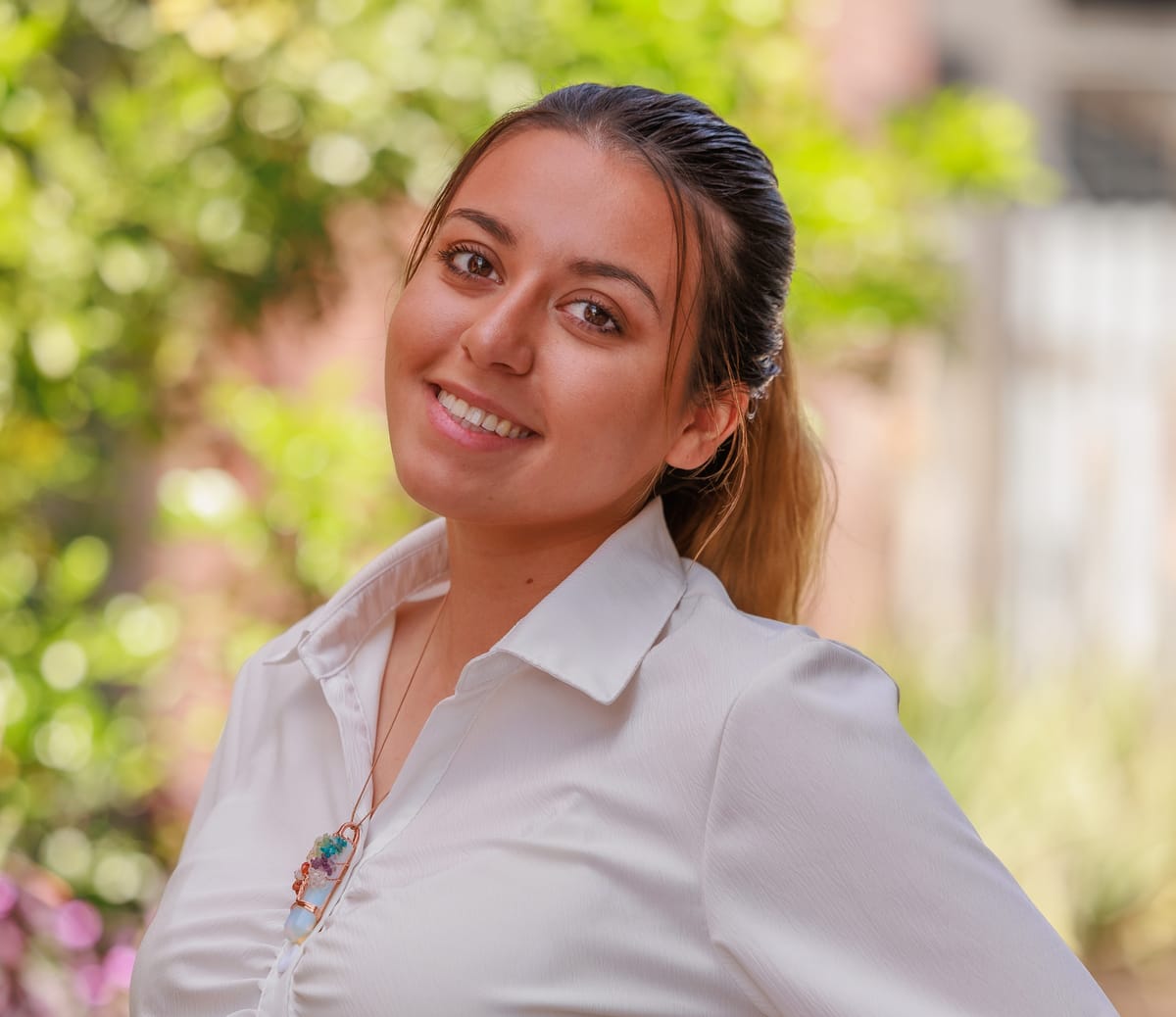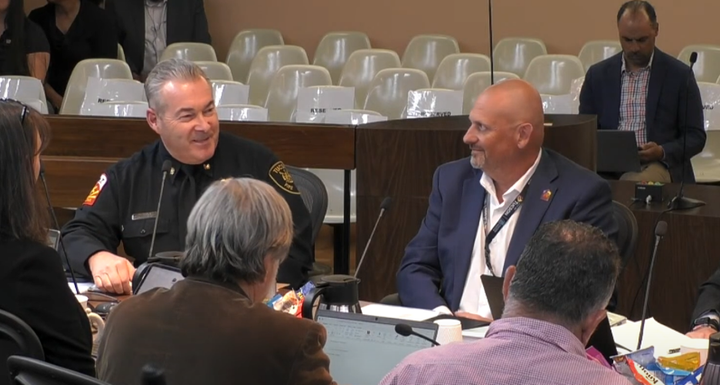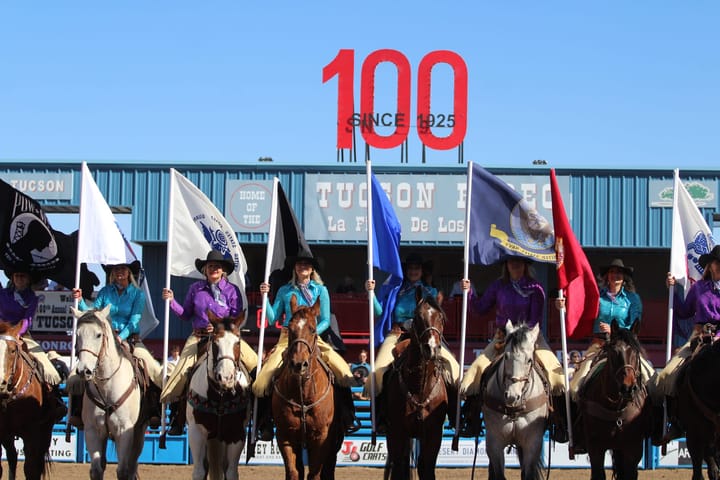
Activistas de Tucson se unen a las protestas del "Día Sin Inmigrantes"
Activistas y grupos comunitarios de Tucson se están uniendo a la protesta nacional del Día Sin Inmigrantes con una manifestación y marcha en Reid Park para exigir plenos derechos y protecciones para los inmigrantes.









